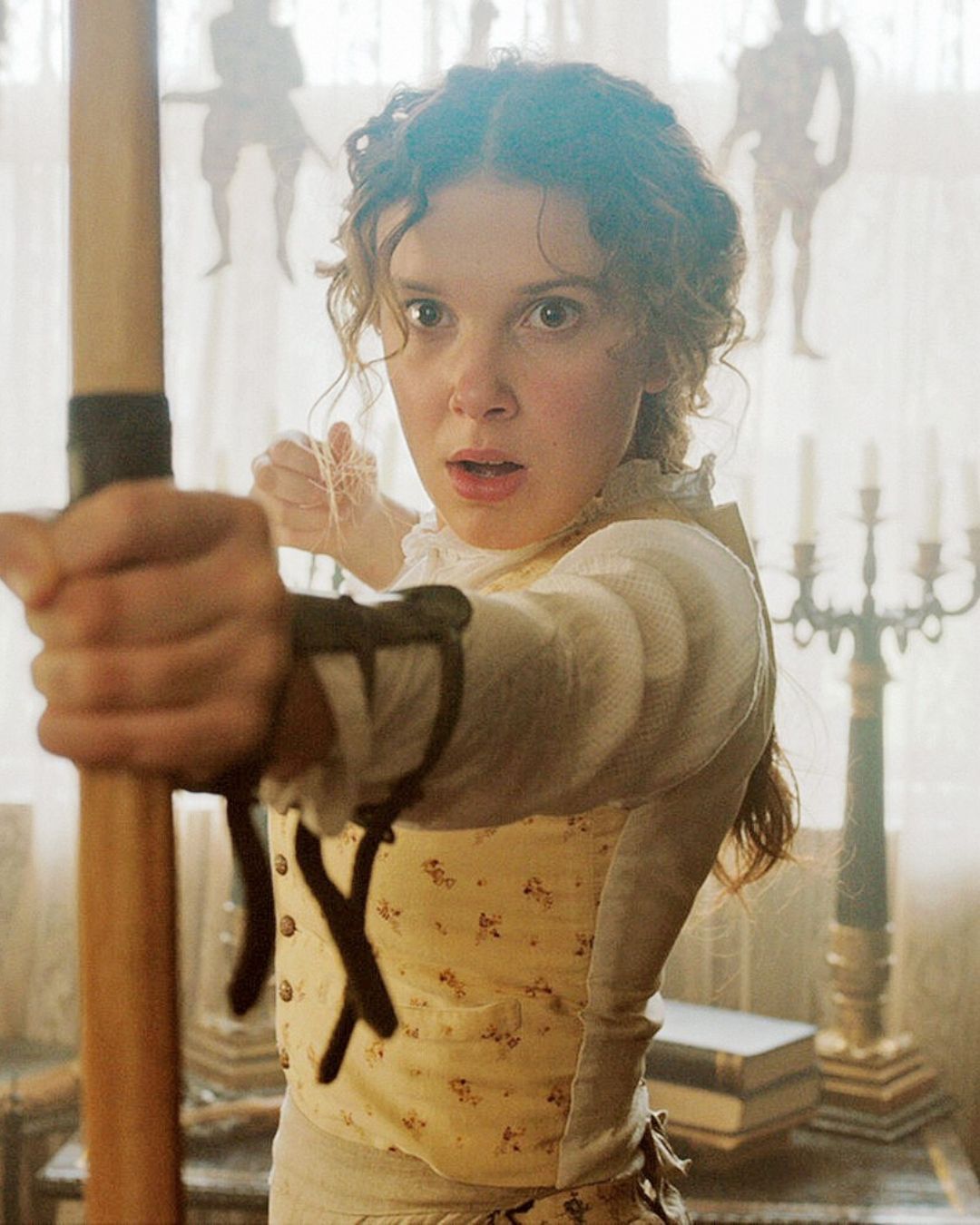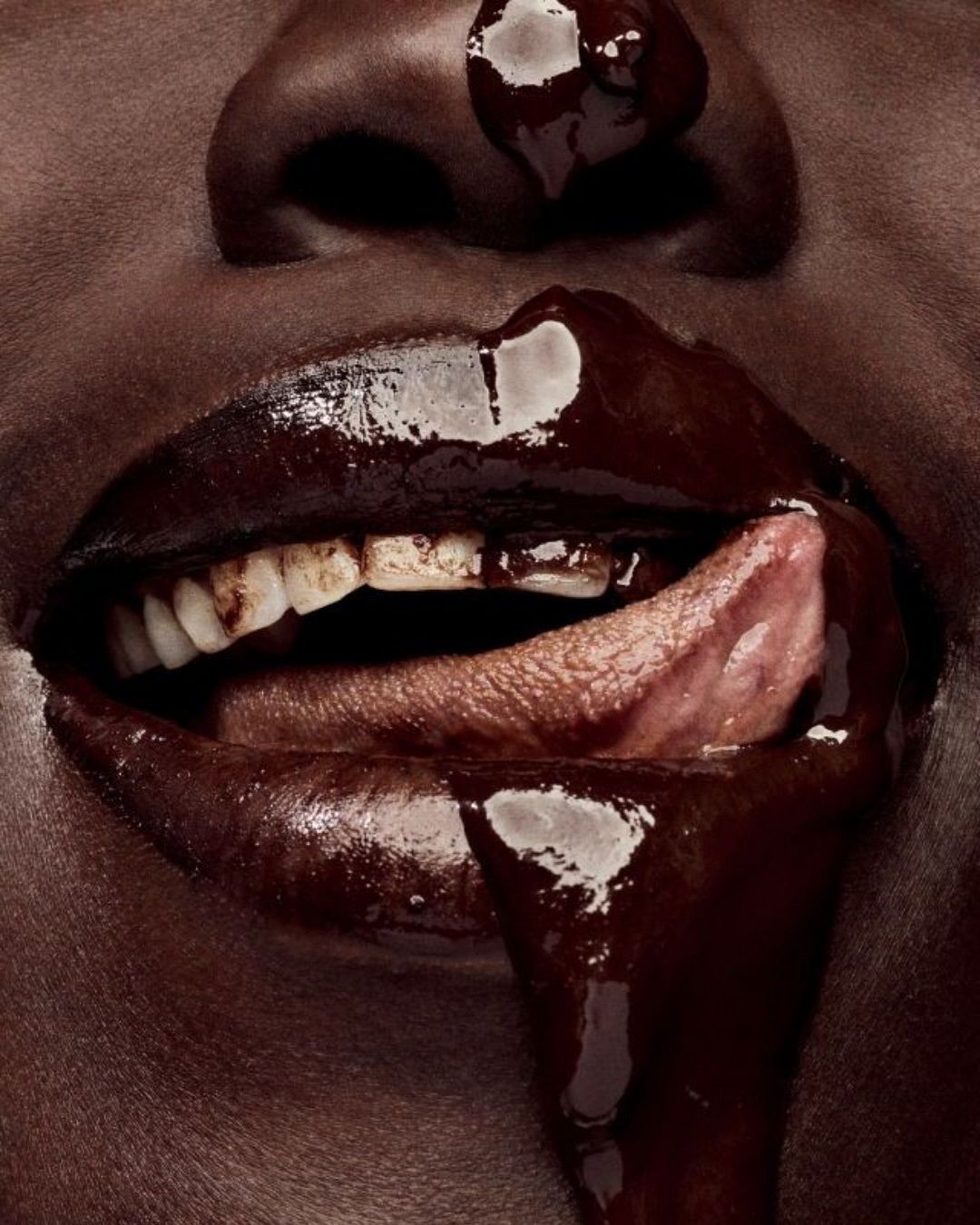
There is a test that measures the female representation on the screen Does your favorite movie pass the Bechdel test?
When I just moved to Milan I didn't know anyone. Luckily, I had a nice cinema near my place. One day, to pass the time (my classes were starting in a few days), I went to see Arrival, a 2016 film starring Amy Adams and directed by Denis Villeneuve. I loved it. However, the next day, a friend told me that unfortunately, the film didn't pass the Bechdel Test. When you watch a movie, what do you notice the most? Some focus on set design or cinematography, the composition of the scene. Others pay attention to writing details, measuring dialogues and how the story unfolds, plot twists, explanations, and realism. Then there are those who specifically look at characters. Are they well-developed and nuanced? Do they serve the story well? Do their actions have value and realism? In short, filmmaking is complex, and everyone concentrates on their preferred aspect, deciding whether to praise or criticize a film. I didn't know anything about the Bechdel Test, and honestly, I hadn't paid attention.
What is the Bechdel test and how did it originate?
It was 1985. Cartoonist Allison Bechdel drew a short comic, a standalone strip titled "The Rule," which unintentionally gave birth to the Bechdel test. In the drawings, we see two characters from the comic strip series "Dykes to Watch Out For," Mo and Ginger, discussing movies. One explains to the other the criteria that convince her to watch a film: at least two women, talking to each other, with the conversation not about a man. Simple, right? This remarkably successful strip has far-reaching implications, both in the past and the future. The idea that women's relationships in fiction are simplified and often revolve around the male protagonist had already been observed by Virginia Woolf in her 1929 essay "A Room of One's Own." Now, almost 100 years later, the Bechdel test has many versions, sparking countless debates and theories about cinema, both historical and contemporary. It is used as a primary method to examine not only the representation of women on screen but also how their relationships are represented. Over the years, many other rules have been added, but the first three remain the fastest and most important. A starting point.
@jaystakes Reply to @getajobvids Thoughts? #marvel #jaystakes #captainmarvel #misogyny #mcu #marveltok #brielarson #bechdeltest Marvel Bechdel Test - Jays Takes
Films that pass and fail the test
Before delving into the implications of the Bechdel test, let's make a list of films that pass and fail. There are many online sites dedicated to this division, which is often not exactly black or white but somewhat gray. For the record, Arrival is considered in the middle, and opinions are not unanimous: some fail it, and some pass it. The controversy mainly revolves around the character of the daughter, deemed not sufficiently developed and substantial to be the "other half" of the conversation with the mother, the protagonist. Among those that fail are, for example, Breakfast at Tiffany's, The Lord of the Rings trilogy, The Girl with the Dragon Tattoo, the first Avengers. And among the more recent ones, films like Beau is Afraid, Super Mario Bros, Oppenheimer, The Fabelmans, House of Gucci also fail. What about the passing ones? Twilight, Thelma and Louise, Mad Max: Fury Road, Goodfellas, Frozen, and both Kill Bill movies pass with flying colors. Among the recent releases, Barbie, Triangle of Sadness, Top Gun: Maverick, and the (underrated) Enola Holmes film franchise on Netflix pass.
Allison Bechdel's words
What do we notice among these lists, besides expected and surprising titles? That they are all different from each other. They range from autobiographical to fantasy, from genre cinema to auteur cinema. This should make us understand, at a superficial glance, two things: that the issue of women's representation is pervasive, and that the Bechdel test is not enough. Interviewed by The Guardian in July 2023, its creator herself stated, "It started as a joke. I never intended it to become the real indicator it has, and it's hard to keep talking about it repeatedly, but it's quite interesting. What baffles me more than some films still not passing it is how many movies cynically try to take shortcuts and present strong female characters, but they only have a veneer of strength and are not yet fully developed characters."
The Bechdel test is not enough
In conclusion, unfortunately, we must acknowledge that the Bechdel test is not enough. Applying the three golden rules to cinema can be useful for a superficial and general overview of the state of female representation in the film industry. Still, the system can be easily circumvented. Many films that, on paper, pass the test actually do nothing more to bring strong, valid, inspirational characters into viewers' homes, representing a step forward for all. As consumers, if we are determined to support only such productions, we can make our voices heard by choosing which tickets to buy and which films to see in theaters.

























































